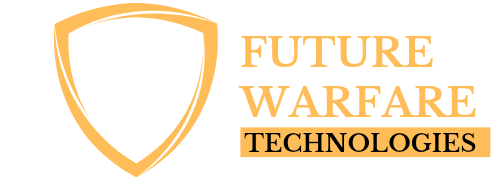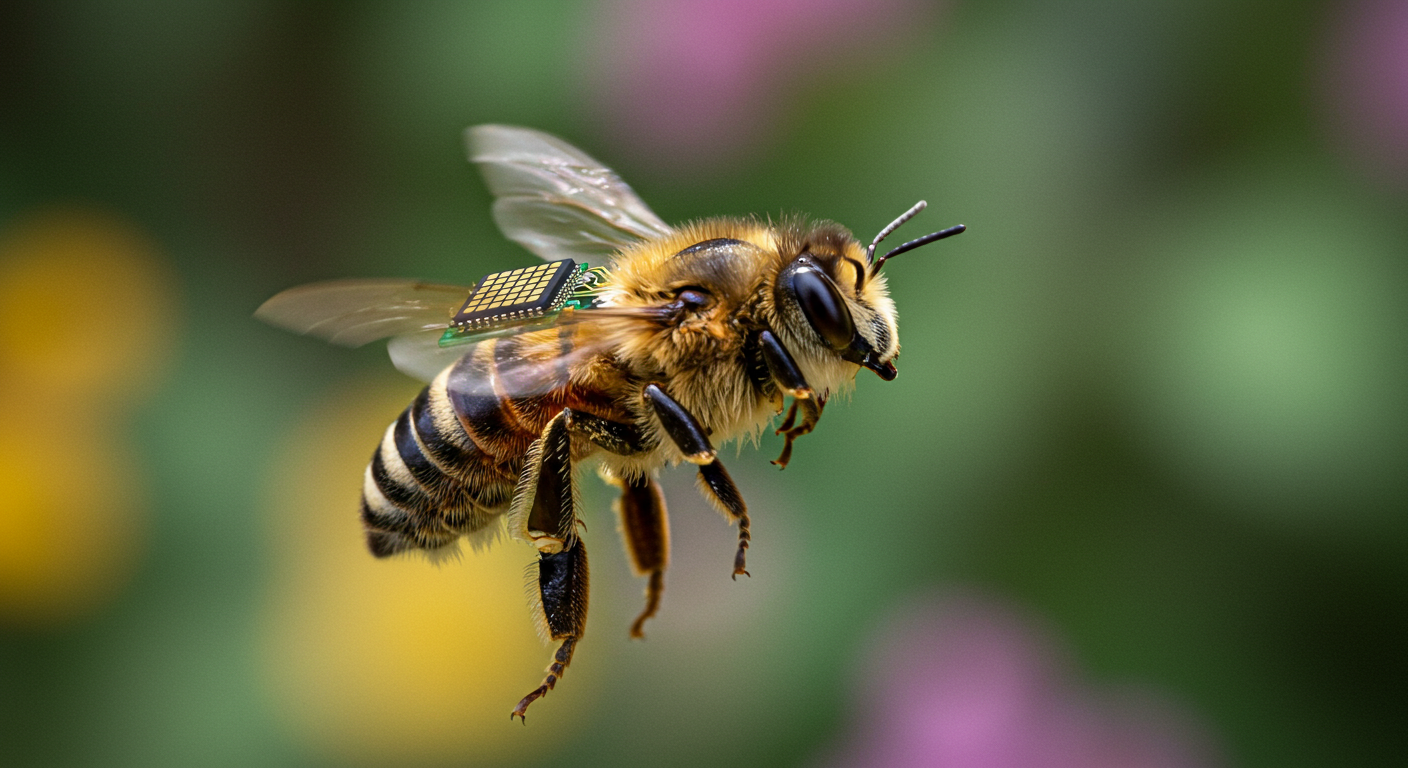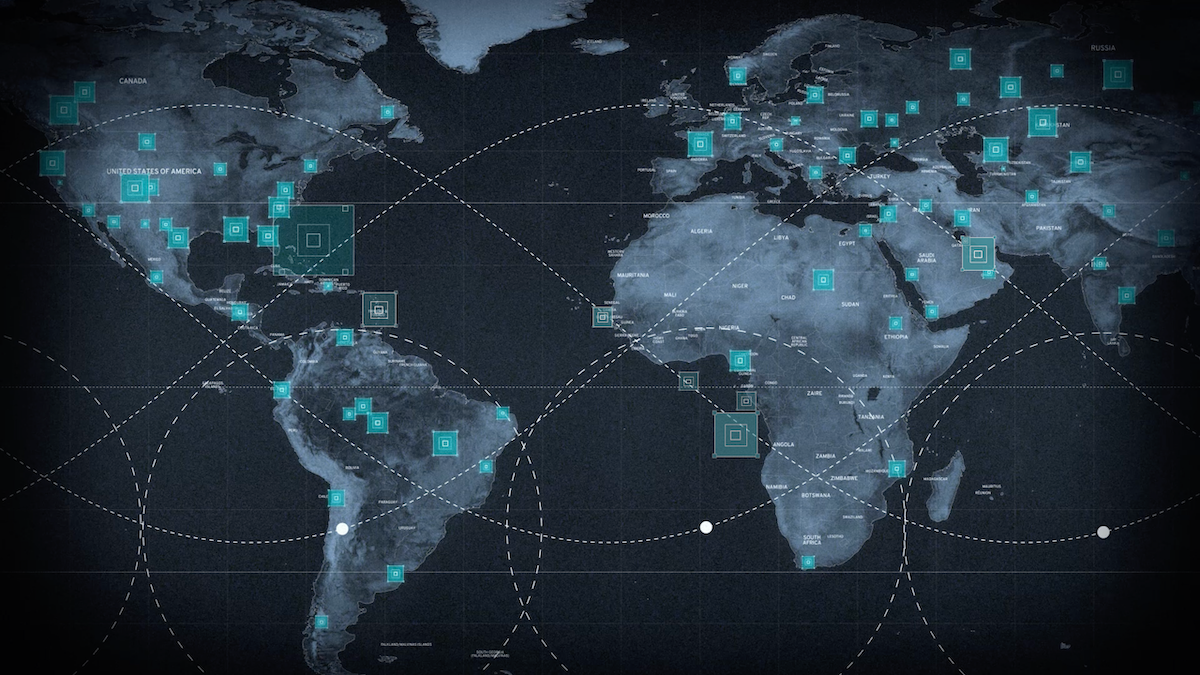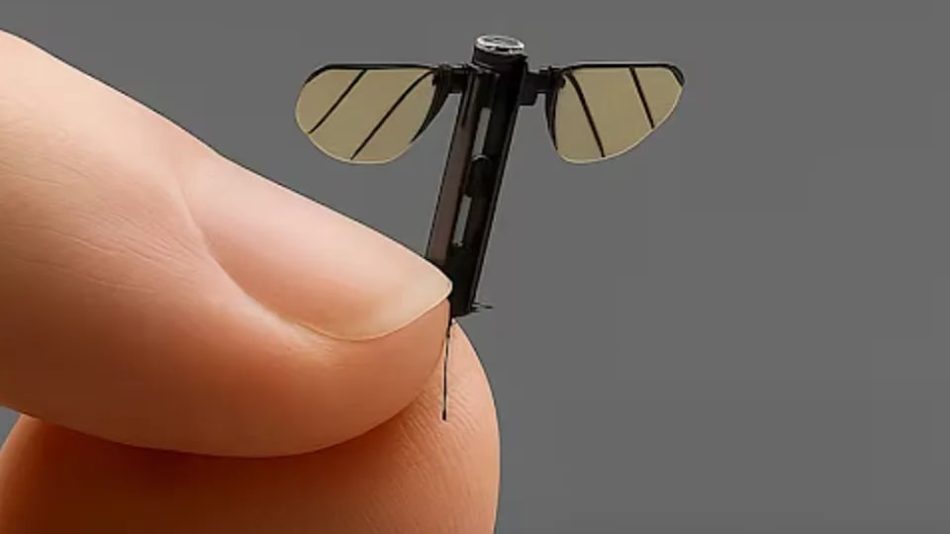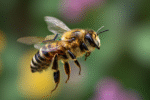Chinese scientists have developed an extraordinary piece of technology: a cyborg bee controlled by a brain-mounted device weighing just 74 milligrams, lighter than the nectar bees naturally carry.
This innovation, crafted by Professor Zhao Jieliang and his team at the Beijing Institute of Technology, blends biology and engineering in a way that could redefine how we use insects for human purposes. The device, attached to the bee’s back and linked to its brain through three tiny needles, sends electrical pulses to direct the insect’s movements. Printed on a flexible polymer film as thin as an insect’s wing, it includes a full set of control modules, such as an infrared remote, packed into its minuscule frame.
This creation not only showcases impressive miniaturization but also promises practical applications ranging from military surveillance to disaster relief efforts. The technology’s performance has been put to the test in controlled lab settings, where the cyborg bees followed flight commands—like turning or moving forward—with 90 percent accuracy. This precision stems from the team’s careful design and their understanding of how to interact with the bee’s nervous system. Bees were chosen for this project because of their remarkable natural abilities: they can fly up to 5 kilometers (about 3 miles) without stopping and reduce drag mid-flight by tucking their legs, making them well-suited for extended tasks.
Compared to an earlier controller from Singapore, which weighed over three times as much and was tested on beetles and cockroaches, this Chinese device stands out. The Singapore version tired out its insect hosts quickly, while the lighter Beijing design lets bees maintain their stamina, paving the way for longer and more effective missions. Zhao’s team didn’t stop with bees. They also experimented with cockroaches, testing nine different pulse patterns to see how well the controller could steer these insects. The cockroaches followed preprogrammed paths with almost no deviation, proving the system’s adaptability across species. In their paper, published in the Chinese Journal of Mechanical Engineering, the researchers explain that “insect-based robots inherit the superior mobility, camouflage capabilities, and environmental adaptability of their biological hosts.”
This built-in advantage gives cyborg insects an edge over fully synthetic drones, especially in situations where stealth and endurance matter most. The potential uses for this technology are wide-ranging. In military settings, cyborg bees could be sent into urban areas for surveillance, used in counterterrorism efforts, or deployed to track drug trafficking—all without drawing attention due to their natural appearance. Beyond defense, they could assist in disaster zones, searching for survivors in places too risky or hard to reach for human teams.
The researchers point out that, compared to artificial alternatives, these biohybrid insects offer “enhanced stealth and extended operational endurance,” making them a compelling option for both combat and humanitarian missions. But the road to real-world use isn’t smooth yet. One major hurdle is power: the bees currently depend on wired connections because batteries light enough for flight are still too heavy to be practical. Cockroaches, while easier to control on the ground, wear out after about 10 pulses, limiting how long they can operate. Another issue is signal consistency.
The electrical pulses don’t always produce the same results across different species—bees, for instance, respond less reliably when their legs or bellies are stimulated. These challenges show that while the concept is promising, it’s not fully ready for deployment. To tackle these problems, Zhao’s team is already planning improvements. They aim to fine-tune the stimulation signals to make them more consistent and effective, regardless of the insect species. They also want to add modules for navigation and environmental sensing, which would let the cyborg bees do more than just follow basic commands—they could map their surroundings or detect specific conditions, like heat or chemicals.
These upgrades could turn the system into a more versatile tool, capable of handling complex tasks in unpredictable environments. This cyborg bee represents a bold step forward in biohybrid robotics, merging the strengths of living insects with advanced technology. By tapping into the bees’ natural skills—flight endurance, camouflage, and agility—the Chinese scientists have created a device that could one day change how we approach everything from intelligence gathering to emergency response. Though hurdles like power supply and signal reliability remain, the team’s ongoing work suggests a future where these tiny hybrids could become invaluable allies, blending the best of nature and engineering into something entirely new.
